As small business owners, we sometimes meet with existing and prospective customers, department heads, employees or staff, colleagues (affiliate), non-profit volunteers, and basically, anyone we need to meet to communicate goals, ideas, and steps to take action. But, if we haven’t had a small business meeting in a while or this is the first time, how do we do it so that it is effective? Today, I will talk to you about how to have an effective small business meeting that will give you results from creating an agenda, how long agenda items take, and other tips while at the meeting.
Topics Discussed
Create a Clear Meeting End Results
Before you schedule that meeting and send invites, you must determine the outcome to create an effective small business meeting. The result is what you are looking to achieve from this meeting. You usually do this by yourself or with your assistant or other leaders. Below are some questions to ask oneself to determine the outcome.
- What is the clear purpose of the meeting?
- What is your vision of the outcome? This may change as you ponder these questions.
- Will the result be actions that you need to take?
- Or will it be actions others need to bring?
- Will there be resolutions at the meeting?
- Or will there be several meetings to get to the set outcome?
- Will these meetings be recurring? How often? Once a month or weekly team meetings
- If so, will these recurring meetings be ongoing to accomplish a particular long-term goal? What will that vision be?
- Will the meeting be a professional business meeting? Face to face meetings or virtual meetings? Camera on or Camera off? Will you need to send Zoom or Teams appointments?
- How many meeting attendees will there be? Who are the stakeholders? Who should be at the meeting to have a successful meeting?
- Who will be running the meeting? Will there be notetakers? Or will an AI do the notetaking in Microsoft Teams or Zoom? Will it be recorded? Who will record it?
Keeping a clear outcome goal will get you closer to the results. If, at this point, you can easily do video calls to a particular person or have a 15-minute conference call for a specific topic instead of a meeting, do that. People will appreciate your understanding that meetings can sometimes be canceled and replaced with an email or quick call.
Create a Clear Meeting Agenda
Now that you have determined the outcome you would like to achieve from the meeting, it’s time to get more specific and choose the goals and priorities for the meeting. Ensure the goals are specific, measurable, achievable, relevant, and time-based. If your vision seems too big to finish in one meeting, it is time to determine how many meetings you need.
All small business meeting goals must be clearly understood by all the parties involved. To do this, it is vital to create a clear meeting agenda. Below are the areas that should be included in your email to the attendees for each meeting.
How to invite the attendees, and what to include in the email?
It is essential to have a clear agenda that everyone understands, making it straightforward for all the stakeholders (people who need to be at the meeting).
The agenda, usually emailed, should be a few sentences describing the meeting’s topic displayed at the beginning of the email and in the subject line. Be sure to include the meeting date and start and end time. Providing the login information and password or PIN is also essential for an online call.
The next section of the email should include the agenda topics. Below are the agenda topics to include in the email inviting attendees to the meeting. This will eliminate any confusion on the part of the attendees.
Sections to Include in Your Small Business Meeting Agenda
But that is not all that needs to be in the email invite. Other agenda sections should be included.
- As discussed above, you need to include the purpose of the meeting and the allotted meeting time (start and end time). The end time must be a hard stop. People have other things to do, so respect their time.
- Reminders from the last meeting (if any). Add any meeting minutes from the previous meeting (if applicable).
- Actions since the previous meeting (if any) from any attendee and you.
- Key points, topics, and issues to discuss (this can be broad or specific but must be a short description). They can be brief, with one or two sentences describing the key points and topics. Order your topics by importance, doing the most important topics first; if the meeting runs too long and you need to stop, you at least have the most essential topics covered. Each topic should have a duration time assigned to it.
- If you are having a company-wide meeting, assign different topics to key management team members to help set the agenda and ensure coordination and efficiency.
- Add a feedback or Q&A time slot at the end of the meeting. This is particularly important for complex meeting topics.
- Include any supporting documents needed for the meeting so the staff and stakeholders can review them before the meeting. This will minimize any wasted time revisiting the emailed files.
Including a short agenda for a weekly meeting is acceptable. As business owners, we do not have the time to create a lengthy agenda unless we ask for help. So, don’t expect too much from your emailed agenda. The more you have meetings, the more refined you will get your details when writing up your agenda and invite.
How do I stay on topic at my meetings?
To keep the meeting on target, you will need to do some planning before and during the meeting. Below are tips to keep in mind for your next meeting.
Prep before the meeting
Review your agenda and jot down your notes for each topic. Here are some questions to ask yourself.
- What do you want to talk about in this particular area?
- And what precisely do you want to be sure to say?
- What are the critical things you want to mention and ask others?
This can be done an hour before the actual meeting, so it is fresh in your mind. I like to make a copy of the agenda I emailed and jot down notes in the side margin about what to talk about that relates to that topic.
The meeting should always start on time.
There should be no chatting; focus on the topics from the agenda and proceed in order. Start with the purpose of the meeting. Pause at the end of each topic to ask questions or comments if the subject is complicated and people look lost.
Each topic should have a start and end time.
As I discussed above, you will need a beginning and ending time for the meeting, but you also need a start and stop time for each topic you want to discuss. Below are some suggestions on how long each topic should take.
- Financing Talk: It should take about half an hour if you provide just actual data. If the topic is complex, leave about 5-10 minutes for questions at the end.
- Logistics changes: Regarding logistics changes to processes, this topic should take about 30 minutes.
- New topics: Announcements of new topics should only take about 15 minutes unless they are complex. If they are complex, you add 15 minutes for questions.
- Announcement about removing tasks from processes: Canceling tasks or processes may seem complicated to others, so allocate about half an hour with a Q&A at the end.
- Brainstorming ideas: This type of meeting can take 2-3 hours, depending on the complexity of the topic and the number of people involved. It is recommended that only five people participate in a brainstorming session, and they should be the stakeholders of the topic.
- Board meetings should last an hour or two with board members present. You can find a board meeting minutes template online to help with the agenda.
Also, the larger the group of attendees, the more time you will need. Not everything needs to be discussed at the meeting; some topics can easily be emailed to save time.
Assign the next steps.
Determine the next steps(action items) with the group and who is assigned to which step. Not all steps need to be done by one person. They should be transferred to the people with the most vital ability to do the tasks. If this is an assistant or another colleague who knows how to do the tasks faster, they can give it to the manager to review it and add critical points if needed. This will speed up the time it takes to get the task completed.
B*** sessions (complaining sessions) are not allowed
The meeting I am talking about is where everyone is so negative, and they collectively do not give any ideas to resolve the issues. Instead, they complain about the problem. This type of meeting can quickly eat away at your productivity. It is a colossal waste of time and gets nothing accomplished. Allowing people to vent is one thing, but they can do it in an email or an anonymous survey instead. Plus, members can ponder what they want to write and, if it is anonymous, feel more open about topics and less fearful of retribution.
Brainstorming sessions
Brainstorming sessions are potent ways to increase engagement and help the staff feel included in the business’s success. They are also an excellent way for owners to get feedback on what is essential and helpful to the staff and customers. It is also helpful to only have a handful of people at these sessions. Having multiple sessions with different people will also help if you have a larger company. Feel free to read this post from the Harvard Business Review.
How often should I have a business meeting?
I wanted to touch upon this point. Meetings do not have to be long either. An hour meeting at the end of the week to plan for the following week’s activities is plenty of time for everyone to understand what is next. With all these steps in place, you will undoubtedly have successful business meetings for your team.
Closing remarks
Keep in mind that if you find it easier and quicker to call or email the attendees to resolve the issue or concern right away when creating the vision for the meeting and/or the agenda, stop what you are doing and do that. Sometimes, we think we need a meeting, but we can easily handle it via email, a 5-minute phone call, or a message left for them.
I hope this helps you have effective business meetings and keep your meetings as productive as possible. If you have any questions or need help creating your first agenda, please contact me to set up a virtual consultation to walk through this process and create an agenda specifically for your business.
Feel free to check out our other related posts!
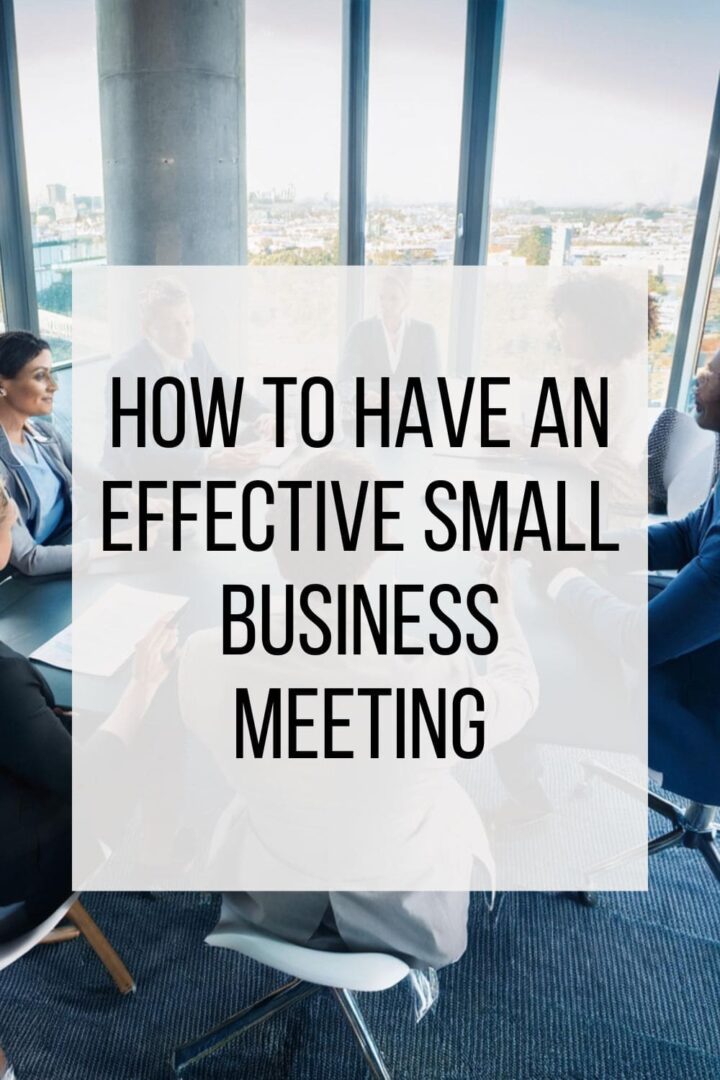
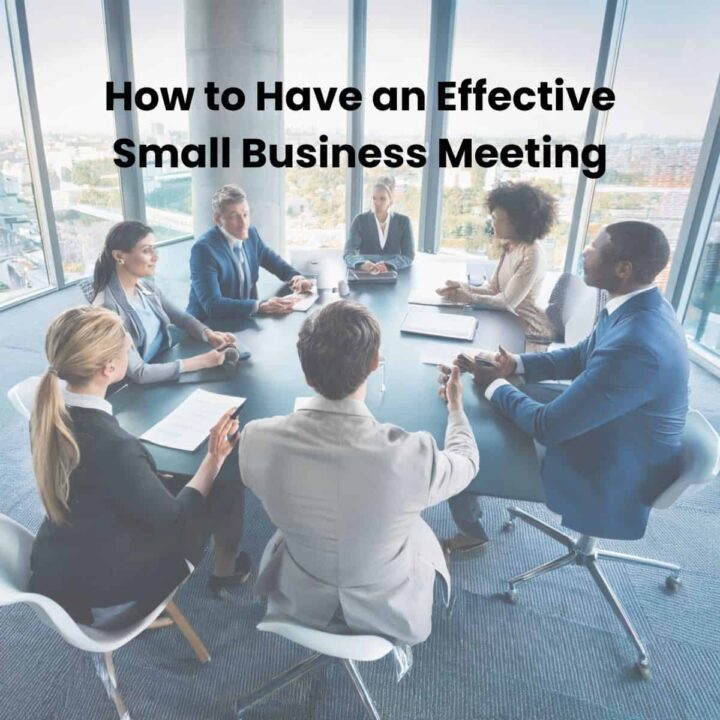

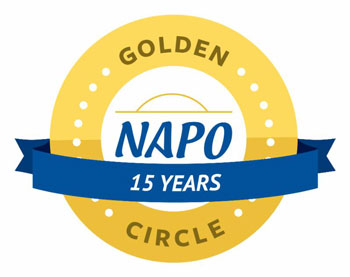

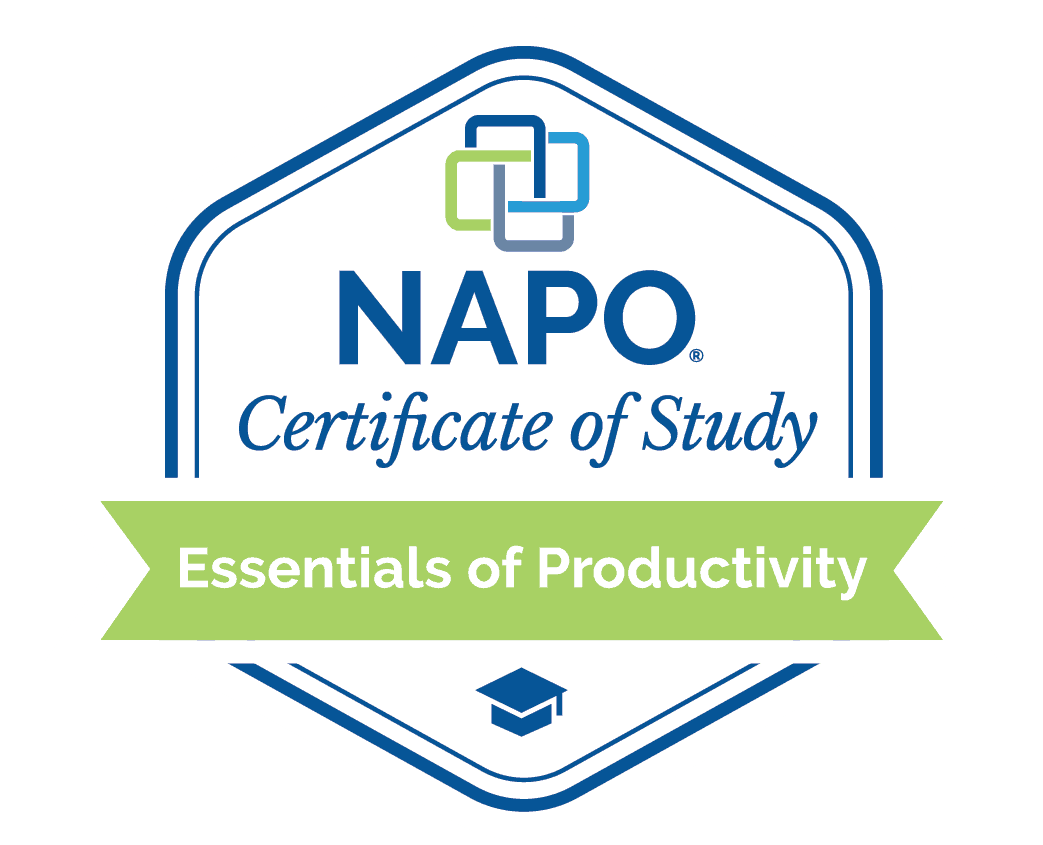
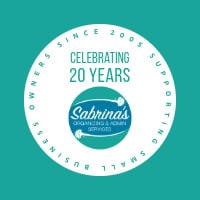

This should be required reading for anyone who conducts meetings!
Thanks, Janet! While researching, this brought back many of my pitfalls when it comes to conducting a meeting. I hope it helps several busy small business owners. =)